Duchamp, A Biography
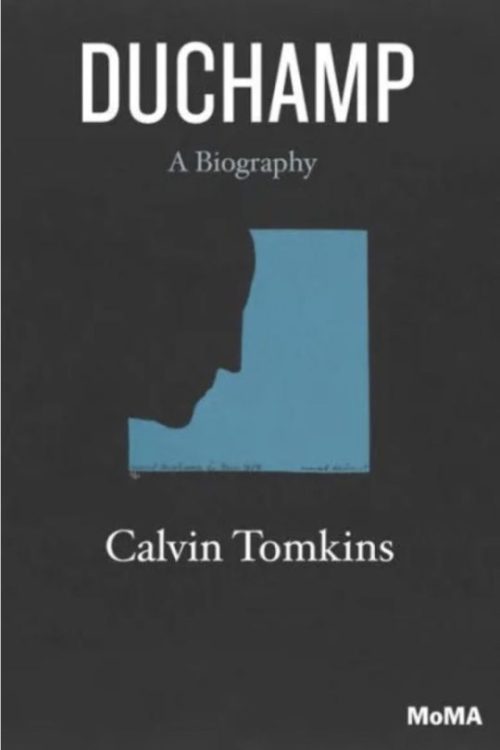 by Calvin Tomkins
by Calvin Tomkins
The Peggy Guggenheim Collection just wrapped up its “Marcel Duchamp and the Lure of the Copy” exhibition (October 14, 2023–March 18, 2024) along with a number of concurrent events analyzing and interpreting Duchamp’s artistic process. If you missed all of that, here’s a book:
In the Philadelphia Museum, Pennsylvania, at a far end of a gallery, there is, to this day, an old, wooden door that Henri-Robert-Marcel Duchamp (1887–1968) had brought back from Spain. In the door are two peepholes. The museum goer looks through the peepholes to see—a nude woman lying behind a stack of bricks, her depilated vulva exposed, her left arm uplifted holding an antique gas lamp. Behind her is a mural of trees, a waterfall and a blue sky: Étant donnés: 1. La chute d’eau, 2. Le gaz d’éclairage. The artist had worked on making this assemblage, in secret, from 1946 to 1966; it was placed in the museum in 1969. Physically this work is unlike Duchamp’s other efforts; aesthetically it fits quite appropriately with all the rest, a capstone if you will.
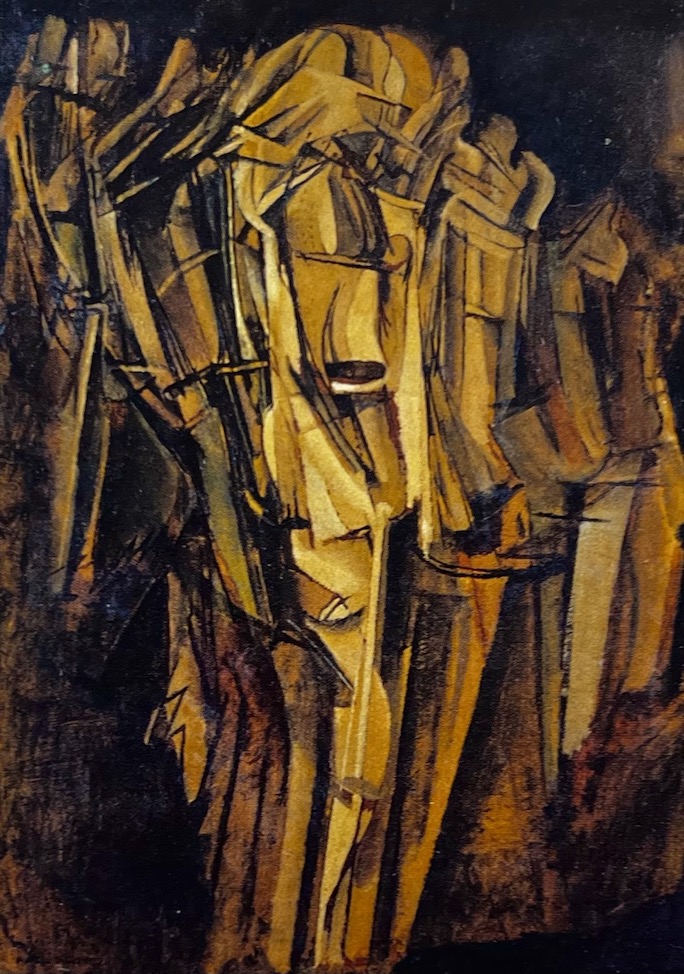
Nude (Study), Sad Young Man on a Train (1911, oil on cardboard, mounted on masonite). This idea was further developed in the following year’s Nude Descending a Staircase, No. 2.
Duchamp is best known for his Nude Descending a Staircase, the star of the 1913 New York Armory art exhibition and The Fountain, an upturned urinal displayed as a work of art in the 1917 New York Independents exhibition at the Grand Central Palace, Lexington Avenue, Manhattan. These are but two of many works conceived and executed by Duchamp over his lifetime, although compared with many artists, Picasso as a prime example, his oeuvre is slight. From early in the game to his death, Duchamp had spent quite a lot of time just contemplating art, life and the correlation of the two; he may have actually spent more time studying and playing chess than he did creating art. One chapter of our book is titled “Silence, Slowness, Solitude”.
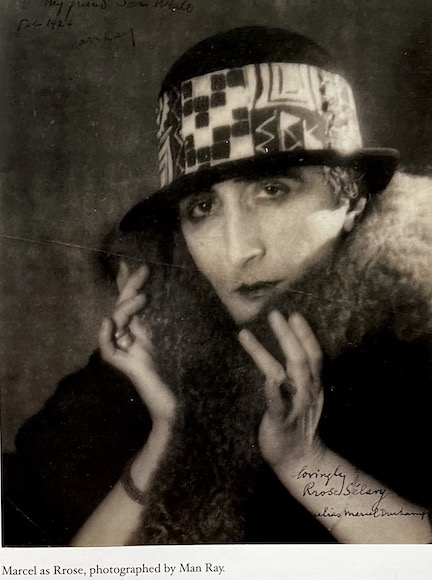 His involvements and relationships with Peggy Guggenheim, Man Ray, Walter and Louise Arensburg, Salvador Dalí, John Cage, André Breton and Constantin Brancusi, naming but a few, are explored and explained. Duchamp’s two marriages, the first of these quite weird, are discussed. We get insight to his family life, and we find that he was not the only celebrated artist in his family. We read about his travels; his stays in Paris, New York and Buenos Aires are documented. Duchamp’s ideas, explorations and theories, all rather wry and enigmatic, are given in detail. His influence on those who came after is discussed. The decades-long conception, construction, and eventual installation of his The Bride Stripped Bare by Her Bachelors, Even aka The Large Glass, Duchamp’s culmination and realization of his take on art, namely that the viewer is necessary for the completion of an artwork, is the leitmotif of Tomkins’ biographical study. “The artist . . . was merely one of three elements necessary to that [creative] process; the others were the work of art itself and the rare onlooker able to respond to its essence,” so says Duchamp.
His involvements and relationships with Peggy Guggenheim, Man Ray, Walter and Louise Arensburg, Salvador Dalí, John Cage, André Breton and Constantin Brancusi, naming but a few, are explored and explained. Duchamp’s two marriages, the first of these quite weird, are discussed. We get insight to his family life, and we find that he was not the only celebrated artist in his family. We read about his travels; his stays in Paris, New York and Buenos Aires are documented. Duchamp’s ideas, explorations and theories, all rather wry and enigmatic, are given in detail. His influence on those who came after is discussed. The decades-long conception, construction, and eventual installation of his The Bride Stripped Bare by Her Bachelors, Even aka The Large Glass, Duchamp’s culmination and realization of his take on art, namely that the viewer is necessary for the completion of an artwork, is the leitmotif of Tomkins’ biographical study. “The artist . . . was merely one of three elements necessary to that [creative] process; the others were the work of art itself and the rare onlooker able to respond to its essence,” so says Duchamp.
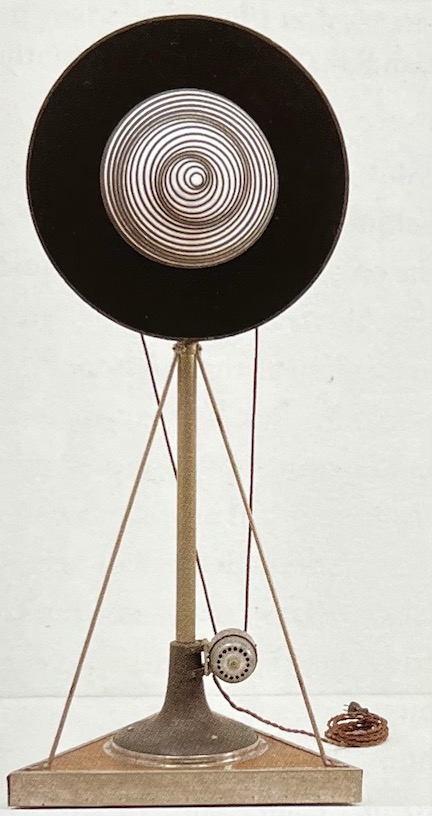 Duchamp was first published in 1996 by Henry Holt and Company, Inc. Although a paperback, this MoMa edition is handsome and the quality of the construction, paper, and design speaks with a modest elegance. The selection and fine reproduction of the black-and-white and color illustrations also enhance the quality of the book. Through 500 pages Tomkins keeps moving us along, keeping our interest, but, considering the thirty-five pages of notes and the nine pages of a selected bibliography, the extensive scholarship of the enterprise is beyond doubt. With all of that said, we will end with two nits. One: The art reproductions are not captioned with the size and medium of a given piece, these things being important to the conception a reader would gain of that piece. This information, rather, is found squeezed together, in small font, on pages 537 through 539, severely interrupting the flow of the reader’s attention and comprehension. Two: When discussing the theft of the Mona Lisa, Tomkins writes, “Vincenzo Peruggia . . . simply removed it from the wall . . . and walked out with the rolled-up canvas under his coat.” We all know, assuredly, that Leonardo da Vinci’s masterwork was painted in oil on a white Lombardy poplar panel. Duchamp would have been amused.
Duchamp was first published in 1996 by Henry Holt and Company, Inc. Although a paperback, this MoMa edition is handsome and the quality of the construction, paper, and design speaks with a modest elegance. The selection and fine reproduction of the black-and-white and color illustrations also enhance the quality of the book. Through 500 pages Tomkins keeps moving us along, keeping our interest, but, considering the thirty-five pages of notes and the nine pages of a selected bibliography, the extensive scholarship of the enterprise is beyond doubt. With all of that said, we will end with two nits. One: The art reproductions are not captioned with the size and medium of a given piece, these things being important to the conception a reader would gain of that piece. This information, rather, is found squeezed together, in small font, on pages 537 through 539, severely interrupting the flow of the reader’s attention and comprehension. Two: When discussing the theft of the Mona Lisa, Tomkins writes, “Vincenzo Peruggia . . . simply removed it from the wall . . . and walked out with the rolled-up canvas under his coat.” We all know, assuredly, that Leonardo da Vinci’s masterwork was painted in oil on a white Lombardy poplar panel. Duchamp would have been amused.
Copyright 2024, Bill Wolf (speedreaders.info).


 RSS Feed - Comments
RSS Feed - Comments








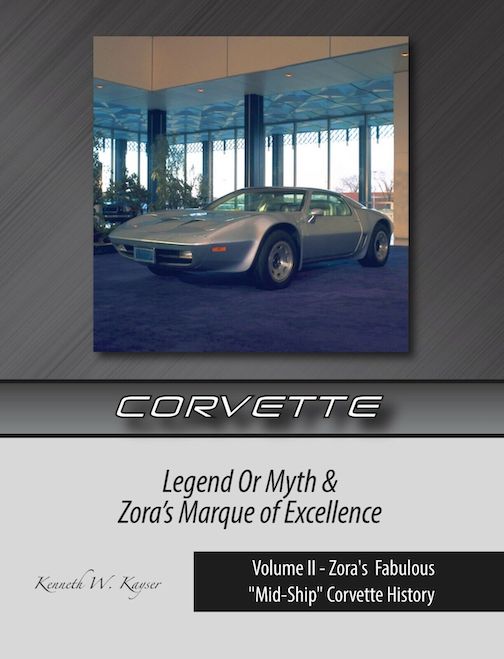























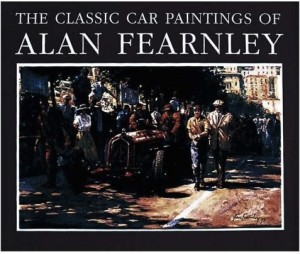


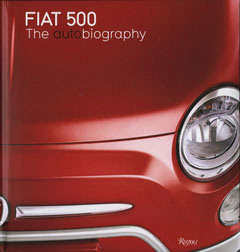







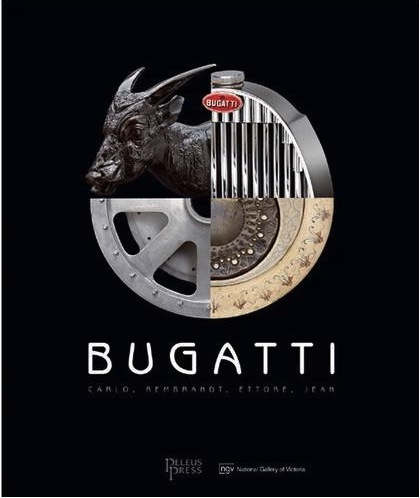








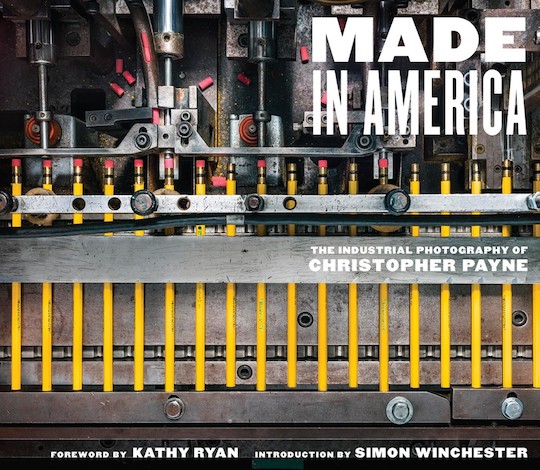
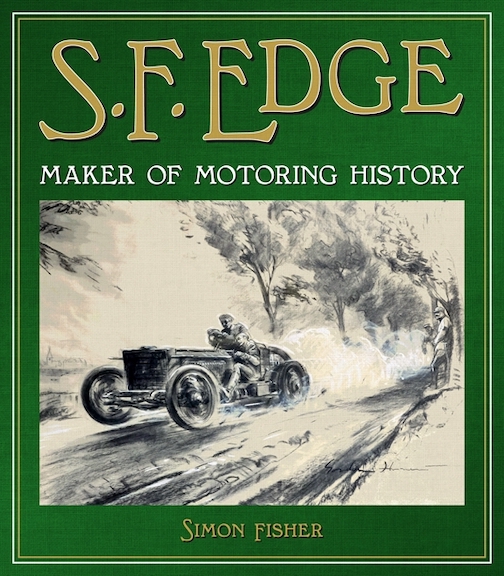
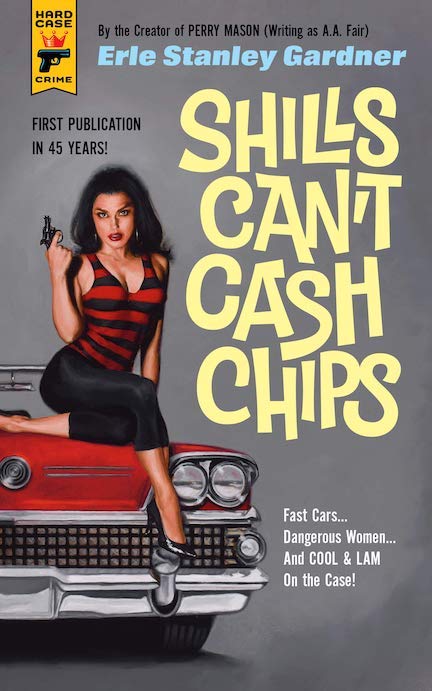













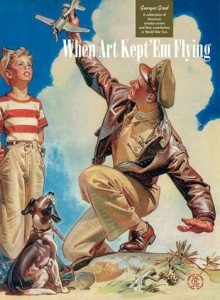

 Phone / Mail / Email
Phone / Mail / Email RSS Feed
RSS Feed Facebook
Facebook Twitter
Twitter